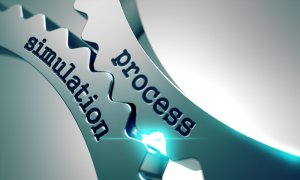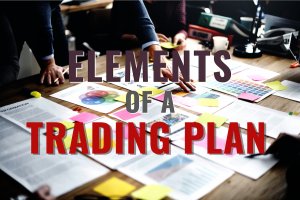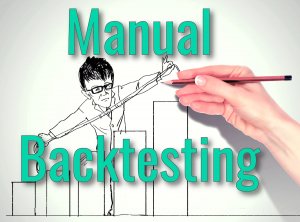Introduction
Slippage is one of the hidden costs any trading strategy is exposed to. Usually, this type of cost tends to be overlooked from studies of historical simulation. However, a strategies’ developer must understand its nature and assess its impact on its performance.
Increasing Reality in the Historical Simulation
To properly create a historical simulation of a trading system, it needs to consider certain assumptions that, although they may seem insignificant, they are not inconsequential. Their omission could lead to the accuracy of the results obtained. The most critical assumptions that the strategy developer should consider are related to the trading strategy’s deviations.
Slippage in Price and Trade
Each executed trade has a cost that occurs when it is filled. This cost is made of two parts, one fixed and another one variable. The fixed cost is known as the commission, which corresponds to a broker’s fee when it places the order into the market.
The variable element corresponds to the slippage. Slippage can have a significant impact on the profitability of the strategy. The slippage’s origin and size depend on various factors, such as the order type, size, and market liquidity.
There exist three types of orders that the strategist can place into the market; these are as follows:
- Market Order: this is an order to buy or sell an asset at a price quoted in the current market. This order is guaranteed, but not the level at which it is finally filled. Thus, slippage may be high.
- Stop Order: A Stop buy Order is placed above the current price, whereas a Stop Sell order is located below the market’s price. Stop orders can be employed to enter and exit the market. The problem with Stop orders is that they usually fill at a worse price than set by the stop level. This situation occurs because when the price touches the stop level, the order changes to a market order and is executed at the first available price.
- Limit Order: A Limit Buy order is placed below the current price, whereas a Limit Sell order should be above the current price. Unlike stop orders, Limit orders are placed to get better fills than the current market’s price. But its execution is not guaranteed. However, when they are filled, they will at the same or better price than initially established.
- Market If Touched (MIT) Order: this type of order is a combination of the limit with a stop order. In the case of a buy trade, an MIT order is placed at a price below the current level. In the case of a sell position, an MIT order is set above the current price. The MIT order seeks a desirable price by buying at declines and selling at rallies. In turn, MIT orders seek to ensure the order is filled at a price close to where the strategy identifies a desirable entry level. However, although MIT orders combine the best of both types, they are also subject to price slippage.
Opening Gap Slippage
Markets tend to have price gaps. Usually, a price gap happens from the current close to the next day’s opening. In most cases, this gap is not large enough to significantly impact the outcome of the strategy. However, there may be larger gaps caused by significant political or economic events, while markets are closed.
These high volatility situations can lead to large slippages, particularly on pending orders. Consequently, the strategist must consider the impact of this type of slippage on historical simulation results.
Slippage by Order Size
The size of the position has a proportional impact on the slippage. In other words, as the order size increases, the possibility of a higher slippage grows, since the order gets progressively filled at worse prices. In this case, the strategy developer should design a methodology to scale in and out trades to execute the desired total size with minimal slippage.
Conclusions
The slippage is a variable cost that cannot be avoided in the real market. It may not be significant in some cases, as on long-term strategies with fewer entry and exit orders.
However, it becomes more significant in high-frequency systems, characterized by being short-term and active. In this context, the developer must consider the effect of slippage and reflect it in the historical simulation process.
Finally, the strategist should not neglect the slippage impact since its presence can considerably reduce the profits a trading strategy can generate.
Suggested Readings
- Jaekle, U., Tomasini, E.; Trading Systems: A New Approach to System Development and Portfolio Optimisation; Harriman House Ltd.; 1st Edition (2009).
- Pardo, R.; The Evaluation and Optimization of Trading Strategies; John Wiley & Sons; 2nd Edition (2008).






